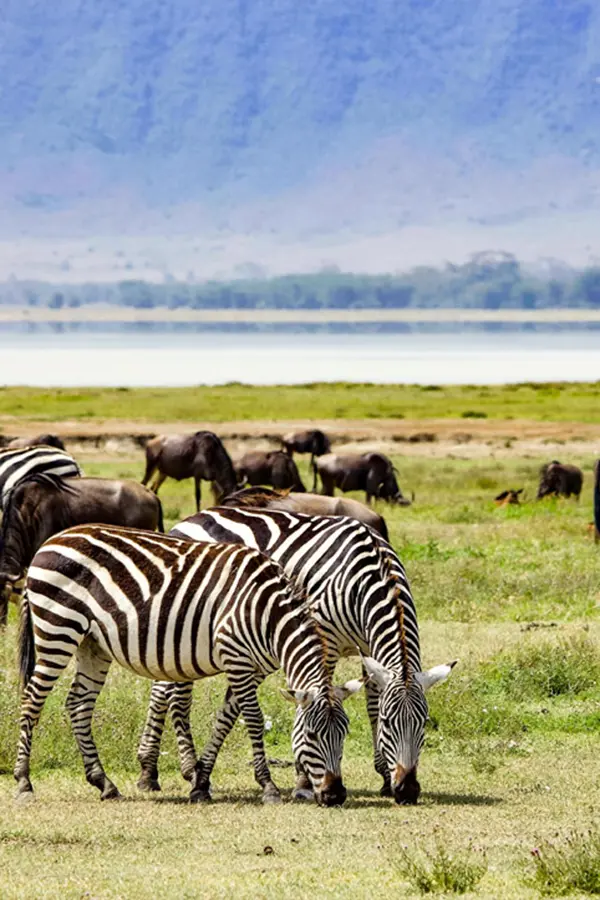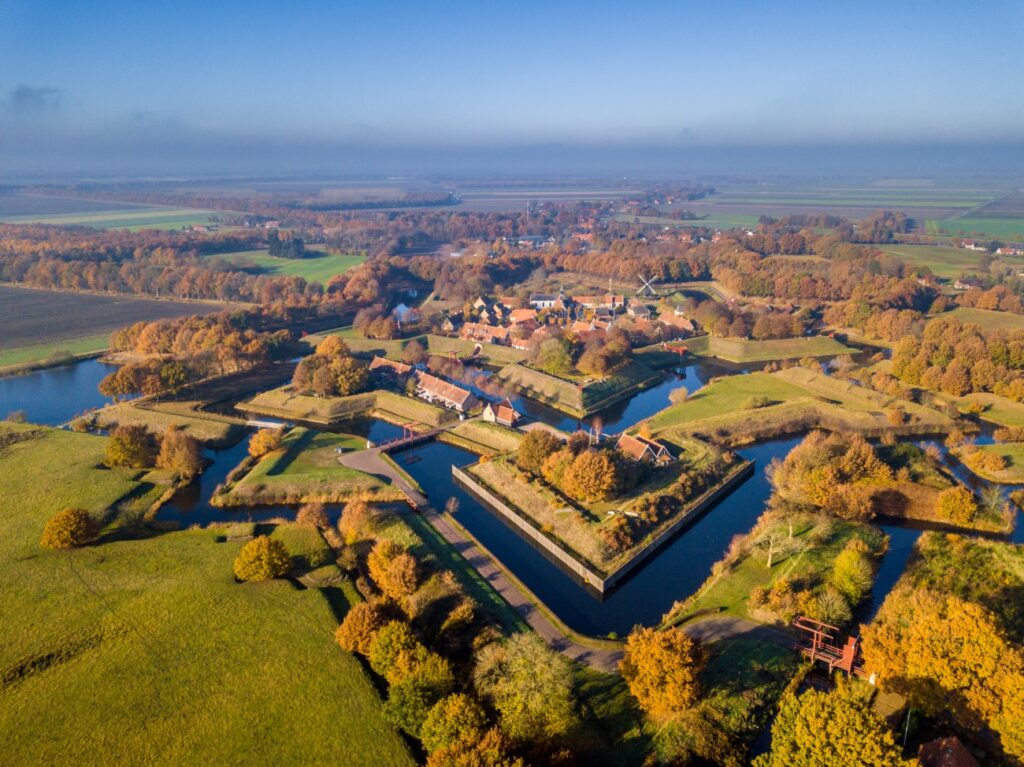About Tanzania
An In-depth Overview
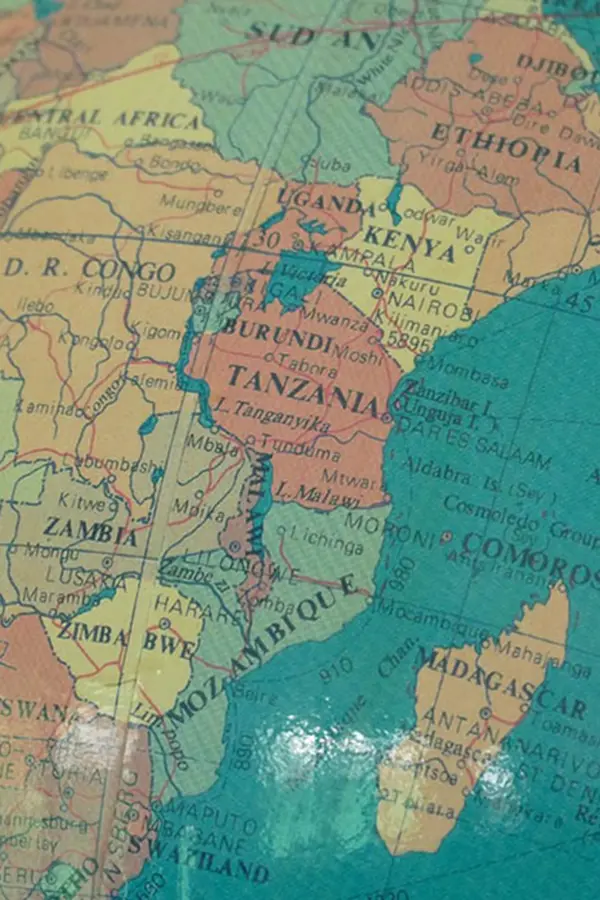

Location and Area
Tanzania lies just south of the Equator in East Africa. Kenya and Uganda form its northern border, while Rwanda, Burundi, and the Democratic Republic of the Congo lie to the west. Zambia, Malawi, and Mozambique constitute its southern border. The entire eastern boundary comprises over 1400 kilometers (880 miles) of coastline with the Indian Ocean. In total the country covers 947 300 square kilometers (360 619 sq. mi), making it the 31st largest country in the world.
Geographic Summary
Geographically, Tanzania is incredibly diverse. This is largely due to the fact that it sits in part in the Great Rift Valley, which is responsible for the formation of many natural features in Tanzania, such as Lake Tanganyika and Mount Kilimanjaro. Across its expanse, you’ll find its iconic savannahs, vast plains, dense forests, towering mountains, and sandy beaches. Significant geographic features include:
- Mount Kilimanjaro: Africa’s highest peak, attracting adventurous trekkers from all over the world.
- Ngorongoro Crater: This extinct volcanic caldera is a UNESCO World Heritage Site, providing a unique ecosystem for wildlife.
- Zanzibar Archipelago: A tropical paradise of sandy beaches, turquoise waters, and historic Stone Town, a UNESCO World Heritage Site.
- Lake Victoria: the largest lake in Africa and the second-largest freshwater lake in the world by surface area.
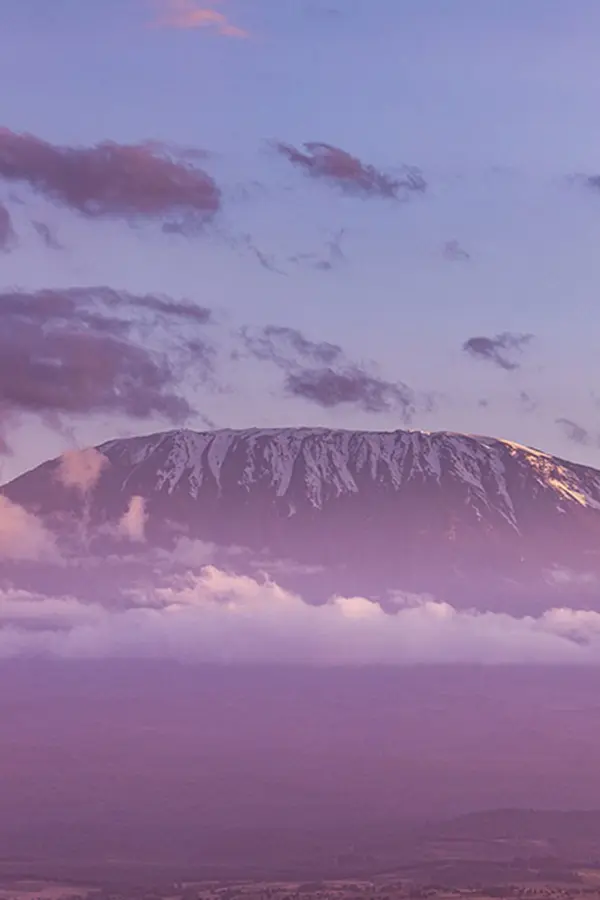

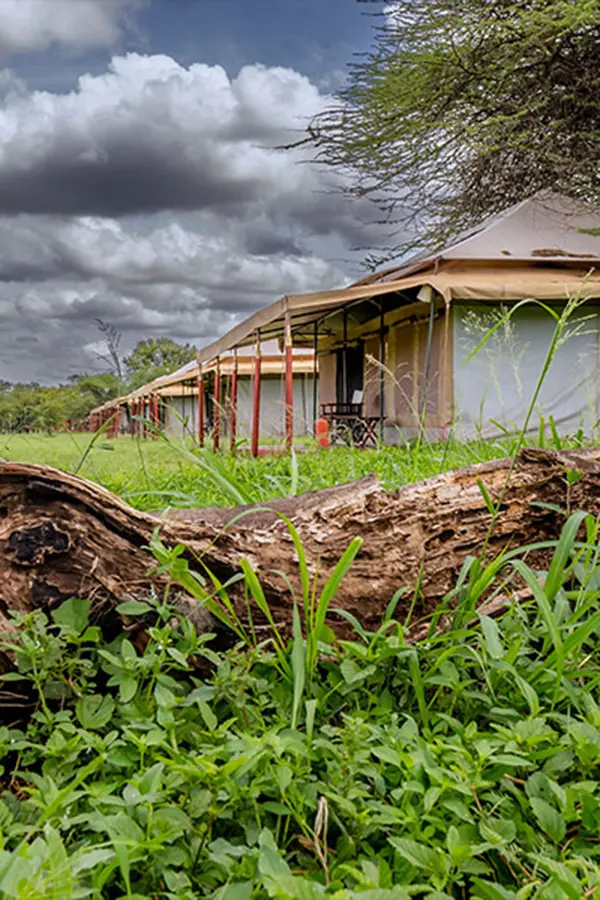

History
Tanzania’s history is rich and diverse, dating back to prehistoric times. The region has been inhabited by various indigenous tribes for millennia, with evidence of early human ancestors, such as the famous hominid fossils found in the Olduvai Gorge. During its history, Tanzania has been influenced by several powerful empires and kingdoms, including the Kilwa Sultanate and the Zanzibar Sultanate.
In the 19th century, European colonial powers began to establish their presence in the region, with the German East Africa Company and later the British taking control. Tanzania gained independence from Britain in 1961, and the union of Tanganyika and Zanzibar formed the United Republic of Tanzania in 1964.
Climate
Tanzania’s climate varies widely due to its size and diverse geography. Generally, the coastal areas have a tropical climate with high humidity, while the inland regions experience a more temperate climate. The main seasons are:
- Wet Season: From March to May, with heavy rainfall, especially in April.
- Dry Season: From June to October, with cooler temperatures and clear skies, ideal for wildlife viewing and safaris.
- Short Rains: November to December, with occasional brief showers.
- The rainfall average varies from 550 mm in the central part of the country up to 3690 mm in some parts of the southwestern highlands.
- The average temperatures range from 20°C to 30°C (68°F to 86°F), but temperatures can drop at higher elevations, particularly on Mount Kilimanjaro.
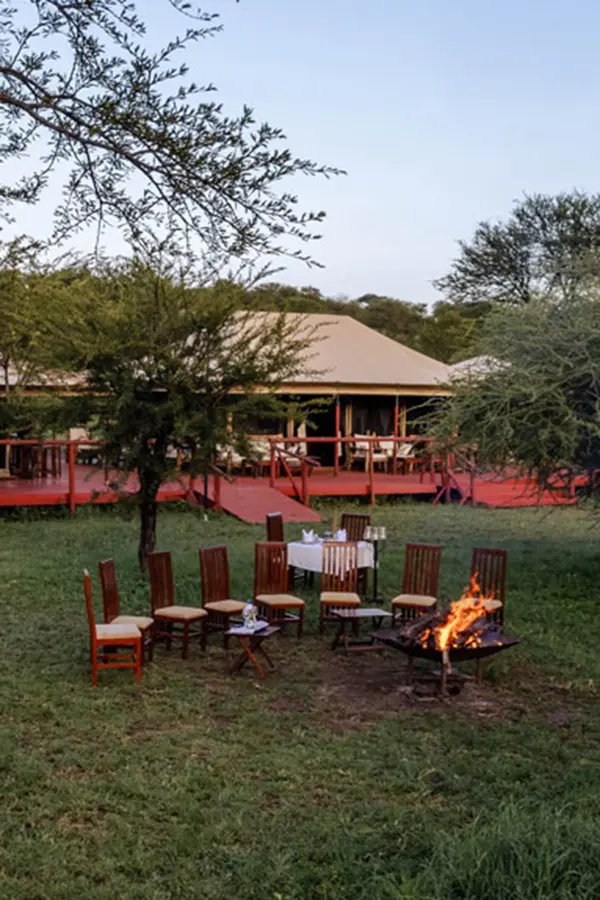

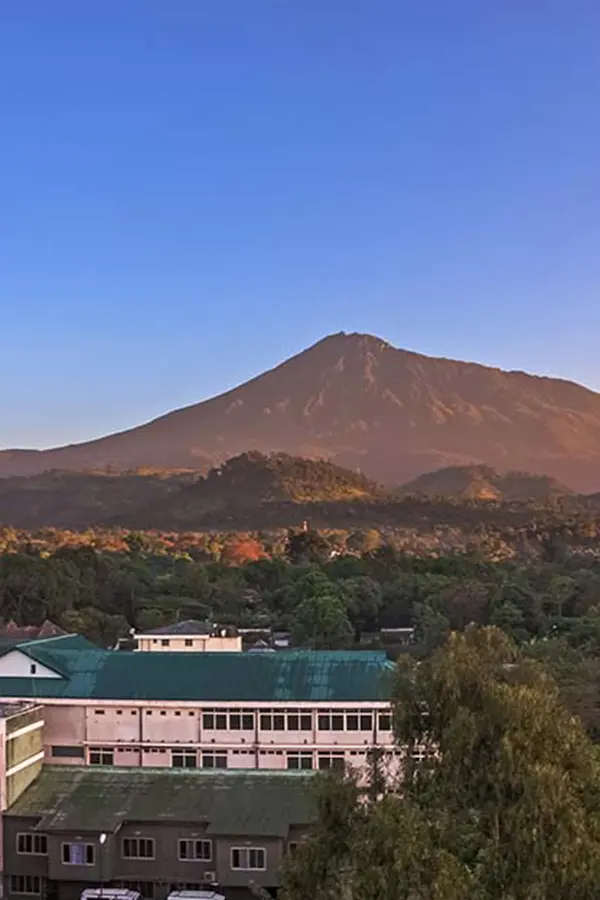

Major Cities
The capital city of Tanzania is Dodoma, situated in the central part of the country. However, the port city of Dar es Salaam is the largest city and serves as the country’s economic hub. In the north of the country at the base of Mount Kilimanjaro lies Arusha, considered the safari and adventure capital due to its close proximity to many of Tanzania’s most popular wildlife destinations, including the Ngorongoro Crater and the Serengeti.
Population and Ethnicities
- Sukuma: The largest ethnic group in Tanzania, primarily residing in the northwestern regions.
- Chagga: Inhabitants of the Kilimanjaro region, known for their agriculture practices.
- Maasai: A semi-nomadic tribe known for their distinctive cultural traditions and close connection with wildlife.
- Swahili: Dominant along the coast and known for their vibrant culture and trade history.
- Other: Tanzania’s cultural tapestry has been shaped by a rich history of interactions with various civilizations, including Arab traders, Indian immigrants, and European colonizers, all leaving their unique imprint on the country’s customs, language, and traditions.


Tanzania in Focus
Additional Information and Insights

The allure of Tanzania lies in its world-renowned safari experiences. The country is home to some of the most iconic national parks and game reserves, including the Serengeti, Ngorongoro Crater, Tarangire, and Nyerere. The undisputed highlight of the safari menu is the Great Migration, where millions of wildebeest and zebras follow the seasonal rains in search of fresh grazing land between the Serengeti and neighboring Masai Mara National Reserve in Kenya.
From Luxurious Safari Lodges to Cozy Wilderness Camps: Explore Our Diverse Accommodation Options
Tourist Accommodation
The larger cities like Dar es Salaam and Arusha offer everything from self-catered rentals to guesthouses, right up to luxurious 5-star hotels of well-known brands. The coffee estates on the outskirts of Arusha are very popular.

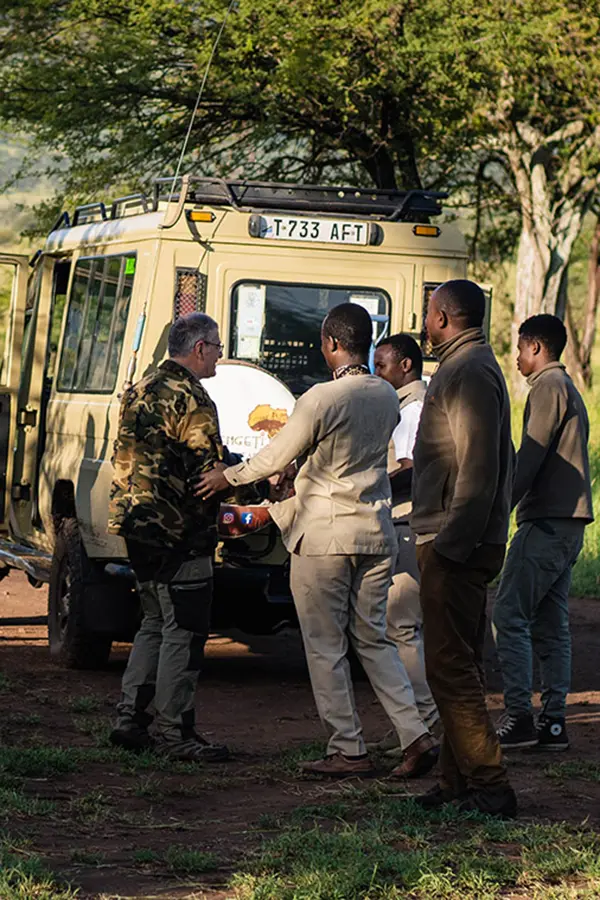

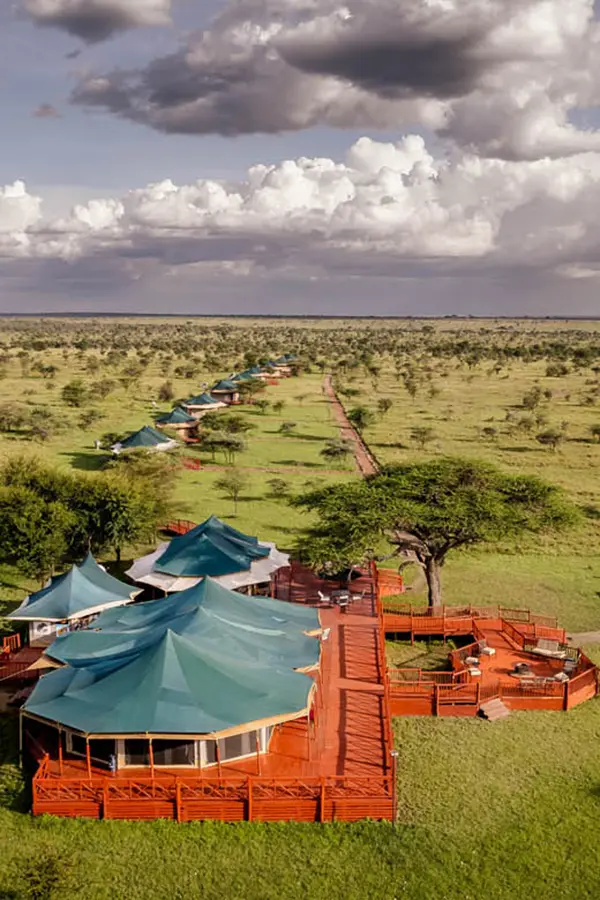
For those heading to the Tanzanian coastline, a similarly diverse array of accommodations awaits. Once again, the selection is large and suits all budgets and tastes. Given the generally relaxed beach experience, particularly in Zanzibar, visitors have a choice of affordable backpacker hostels, mid-range guesthouses, and luxurious beach resorts.
Must KNow
Essential Insights for Tourists
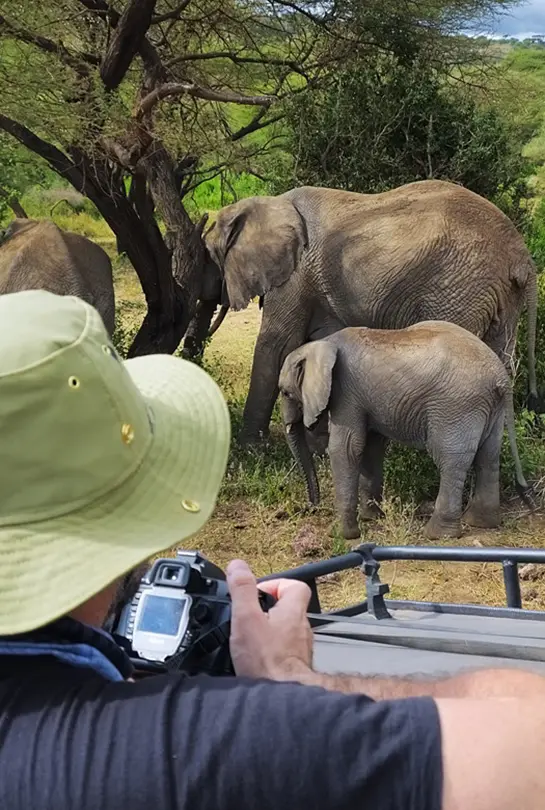

Health Infrastructure for Tourists
Tanzania has made considerable efforts to provide essential healthcare services to tourists. The major cities and tourist hubs have medical facilities with qualified doctors and healthcare professionals. However, it’s essential for travelers to have travel insurance that covers medical emergencies and medical evacuation, if necessary.
International Flights to Tanzania




Local Transport Options
Getting around Tanzania is relatively easy, although the quality of the roads varies greatly. Road safety is problematic and visitors are advised to exercise caution on the roads. The various transport options available for tourists include:
- Domestic Flights: For long distances or to reach more remote locations, domestic flights are a convenient option.
- Safari Vehicles: Safari tours often use 4×4 vehicles, ideal for navigating through rugged terrain in national parks.
- Public Buses: For budget travelers, public buses connect major cities and towns.
- Taxis: Taxis are available in urban areas and are a suitable mode of transport for short distances.
- Tuk-tuks and Motorcycle Taxis: Commonly used for short trips within towns and cities.
Wildlife
- The Big Five: Lions, elephants, buffalo, leopards, and rhinoceroses.
- The Great Migration: Witness millions of wildebeest and zebras on their annual migration in the Serengeti.
- Unique Species: Tanzania is also home to various endemic species, such as the Grevy’s zebra and the Tanzanian red-billed hornbill.
- Marine Life: Off the coast of Tanzania lies a treasure trove of marine life, including dolphins, turtles, and colorful coral reefs.
Tanzania’s biodiversity extends beyond its wildlife, with over 320 mammal species, 1200 bird species and more than 10 000 plant species in its national parks and conservation areas.
